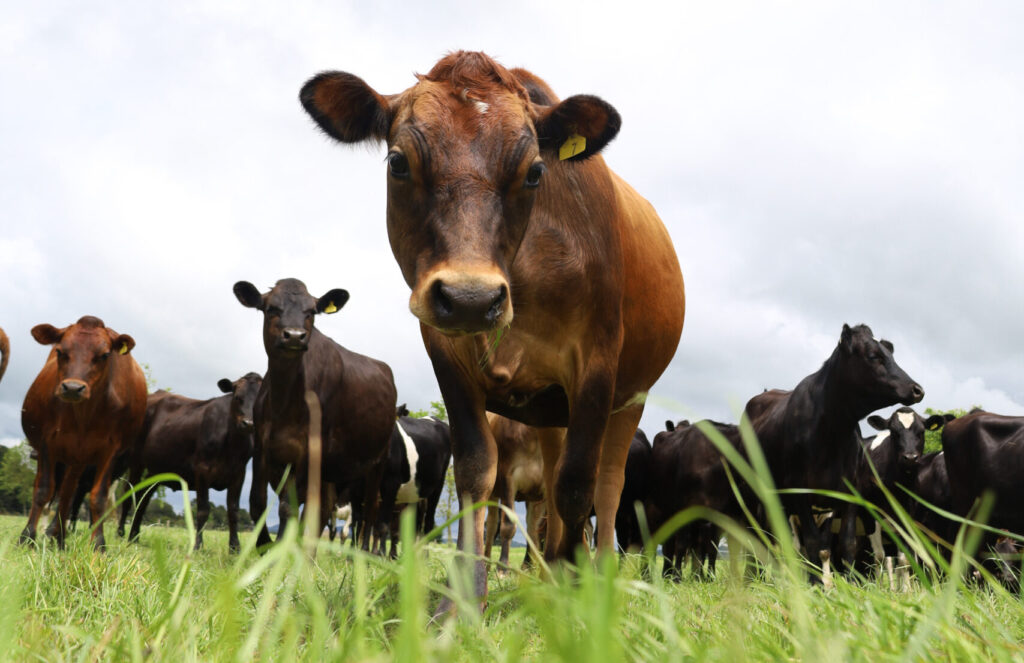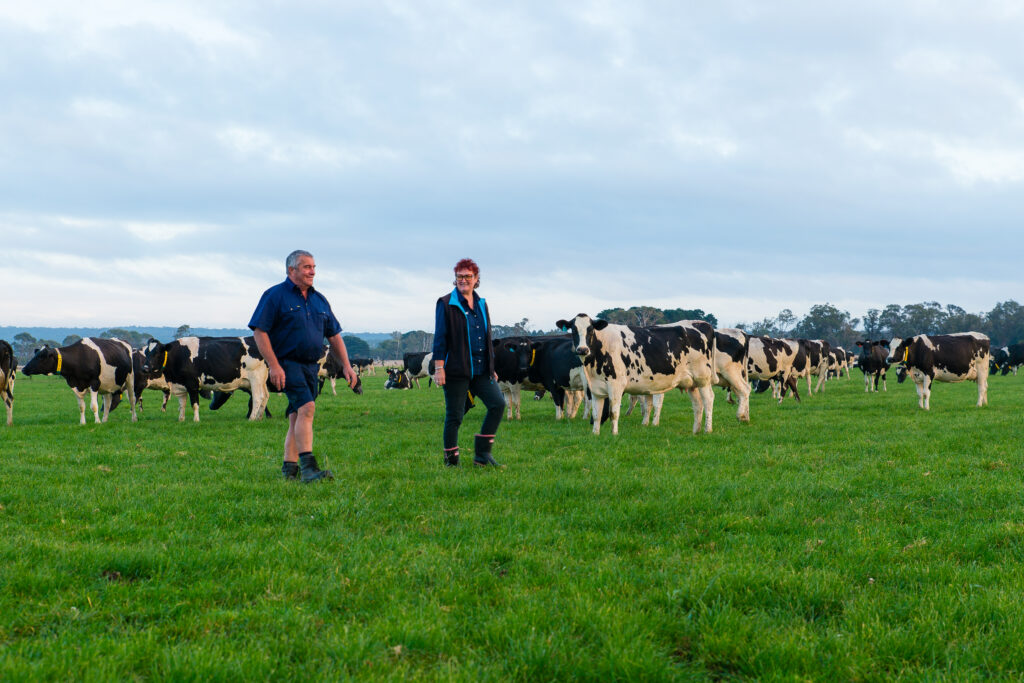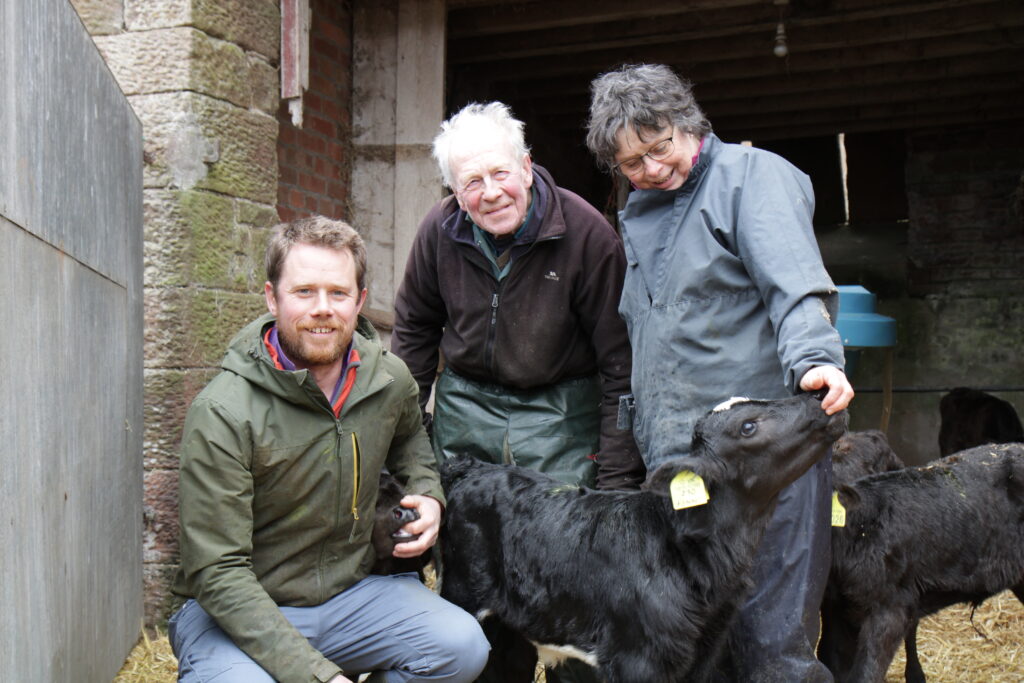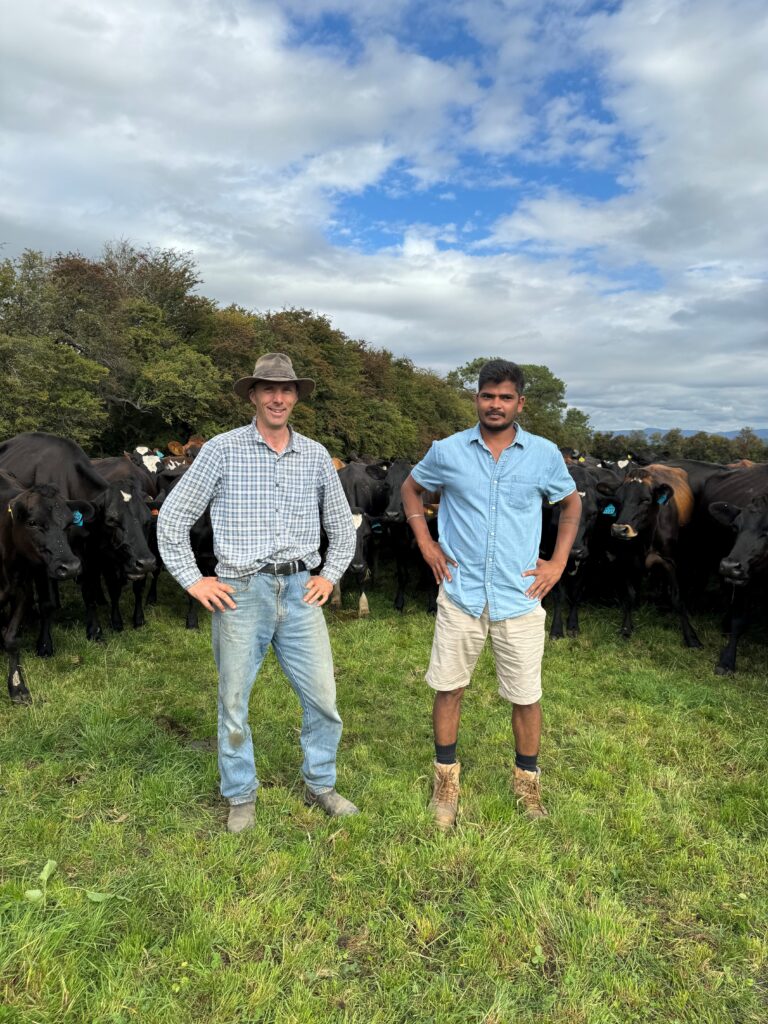by Esther Donkersloot, LIC scientist (quantitative genetics)
With climate change now accepted as part of Earth’s future, heat stress on farms is a factor that is garnering increasing interest and awareness within the dairy industry worldwide.
The ‘SLICK’ gene was discovered by LIC scientists in 2014. Cattle carrying the SLICK gene have a short coat and show improved heat tolerance. The gene has the potential to play a big role in the welfare of dairy cows in the future.

Ironically, this gene to keep cows cool was only discovered after LIC scientists identified a genetic variation that made cows noticeably hairy and heat intolerant.
LIC’s Dr. Steve Davis was aware of overseas work on heat-tolerant genetics and realised that the understanding of the biology of the hairy coat could help in pinpointing the exact location of the SLICK gene, a gene that was known to cause a short coat and improved heat tolerance from overseas research.
Dr. Matt Littlejohn from LIC then sequenced a target region of DNA from SLICK cattle, which enabled the discovery of the precise genetic variation that caused the SLICK coat characteristics.
The SLICK breeding programme

A breeding programme at LIC to produce heat tolerant dairy cows started in 2015.
The first generation of the programme crossed the original SLICK-carrying breed, a Caribbean-based beef breed named Senepol, with New Zealand dairy cows.
Where possible, the breeding programme used embryo technologies to accelerate breeding worth (BW) in the offspring of the initial SLICK crossbreds.
Carriers of the SLICK gene were identified by genotyping each generation, including genotyping of embryo biopsies.
Alongside the breeding programme, LIC scientists have been gathering large amounts of data relating to lactation performance, coat characteristics, and heat tolerance on the emerging SLICK animals.
This research has been undertaken at LIC’s Innovation Farm in Waikato, New Zealand, in cooperation with Massey and Lincoln University.
The highlight of trial research to date is the heat tolerance comparison of SLICK cows versus their non-SLICK counterparts in milking heifers.
 Figure 1 illustrates that cows with the SLICK gene had a lower rumen temperature (0.5-1.0°C) compared to their non-SLICK control heifers when the Temperature Humidity Index (THI) exceeded 73 (around an ambient temperature of 26ºC and a humidity of 60%).
Figure 1 illustrates that cows with the SLICK gene had a lower rumen temperature (0.5-1.0°C) compared to their non-SLICK control heifers when the Temperature Humidity Index (THI) exceeded 73 (around an ambient temperature of 26ºC and a humidity of 60%).
THI is a commonly used metric used for heat stress and combines both temperature and humidity.
After 9 years of breeding, we now have SLICK sires with a BW approaching that of the best dairy sires on offer in the New Zealand industry, with only 1/32nd average content of Senepol genes.
The trial work remains ongoing to ensure that when genetics are released, LIC has a robust understanding of the performance of the SLICK gene.
The next step in the breeding programme is to custom mate SLICK genetics with elite cows on selected commercial farms in New Zealand.
This step should significantly increase the rate of genetic improvement, while increasing the number of SLICK animals on the ground, and helping with diversity in LIC’s breeding programme.



